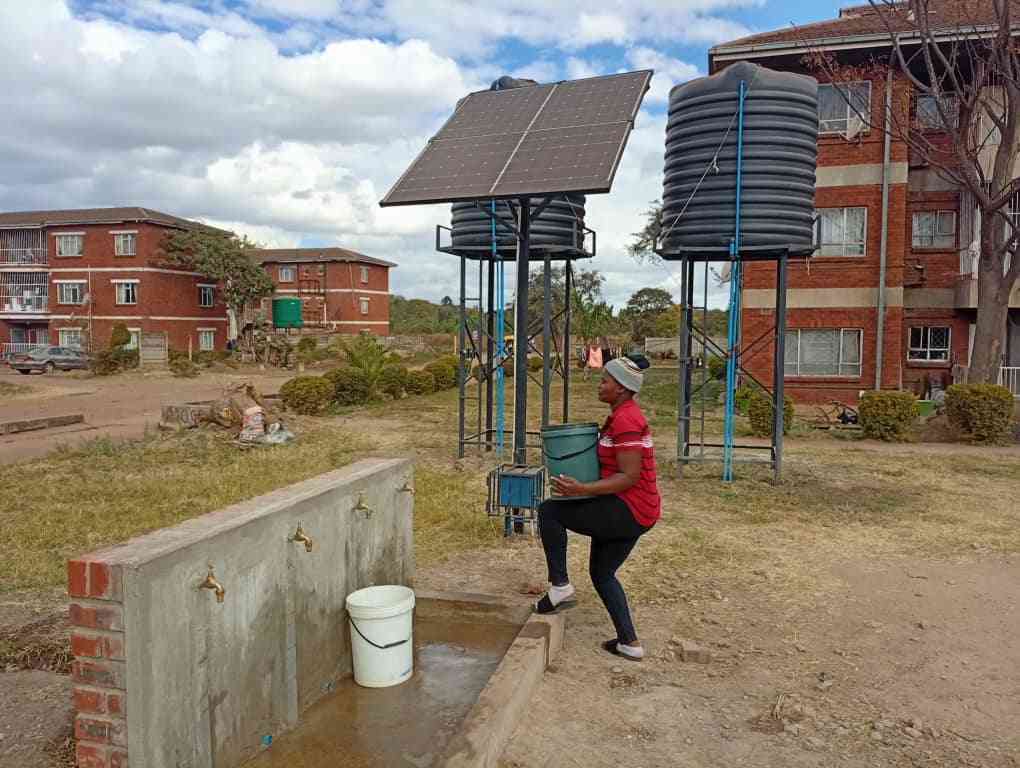
ENVIRONMENT, Water and Climate minister Saviour Kasukuwere has called for stiffer penalties on all cases involving wildlife crime following the fresh killing of four elephants in Zambezi National Parks, just outside Victoria Falls, through cyanide poisoning.
Phyllis Mbanje staff reporter
Kasukuwere, in a statement, condemned the killing of the elephants and ordered the Zimbabwe National Parks and Wildlife Management Authority to work tirelessly in ensuring that the perpetrators were brought to book and to reinforce manpower in the affected area.
The elephants were discovered with their tusks still intact on July 6 and preliminary findings indicate that a natural salt-lick in the park was laced with cyanide.
Comprehensive results were still to be obtained as samples collected have been sent to Environmental Management Agency (EMA) Harare for further investigation.
Kasukuwere stressed that the government would not tolerate the continued decimation of the country’s wildlife by poachers using chemicals, adding that efforts would be directed at ensuring that the culprits were apprehended.
ZimParks spokesperson Caroline Washaya-Moyo told NewsDay yesterday that Kasukuwere called for the deployment of more manpower in the affected area and to collaborate with other Agencies such as EMA, the veterinary department, the Zimbabwe Republic Police and the Ministry of Health and Child Care.
“The poachers poisoned natural salt licks in the Zambezi National Park and this resulted in the deaths of other species such as one cape turtle dove, one sand grouse and a vulture,” Washaya-Moyo said.
- Chamisa under fire over US$120K donation
- Mavhunga puts DeMbare into Chibuku quarterfinals
- Pension funds bet on Cabora Bassa oilfields
- Councils defy govt fire tender directive
Keep Reading
She, however, said no arrests had been made and reports that fingered some Zambian poachers were mere allegations.
“We are still carrying out investigations and culprits will soon be brought to book,” Washaya-Moyo said.
ZimParks has already instituted intensified ground and air patrols around the area and arrests are expected soon.
Meanwhile, Kasukuwere has appealed to communities that reside adjacent to wildlife to value the country’s wildlife heritage.
He said the communities should not habour poachers and desist from keeping illegal and hazardous substances without authority as these were not only dangerous to animals, but also to human beings.
Kasukuwere instructed EMA and other relevant authorities to quickly rehabilitate the poisoned sites.
Last year, there was an outcry after more than 100 jumbos were killed from a poisoned waterhole in Hwange National Park in September.
Following investigations and a thorough search of the nearby villages, 240 kg of cyanide was found in their houses.
A ministerial taskforce team comprising Kasukuwere, Tourism and Hospitality’s Walter Mzembi and Information, Media and Broadcasting Services’ Jonathan Moyo visited the park to investigate rampant poaching of elephants.
Three out of the eight poachers arrested for killing elephants by cyanide poisoning in Hwange National Park have since been sentenced to 16 years in prison each.
Cyanide poisoning prevents oxygen exchange in the tissues of both humans and animals.
The effects of cyanide ingestion are very similar to the effects of suffocation as cyanide stops the cells of the body from being able to use oxygen, which all cells need to survive.
The substance is a deadly poison, but depending on the quantity, type and concentration, it can be removed from the environment.
Cyanide is quickly absorbed into the bloodstream and if it is in small quantities, it can be excreted in urine. In large quantities, it inhibits oxygen uptake in the blood and causes suffocation.











